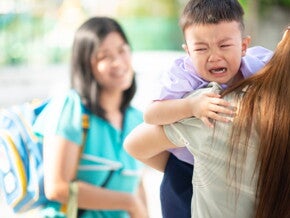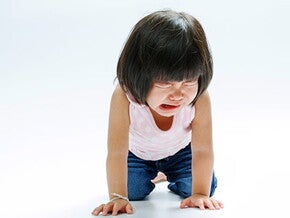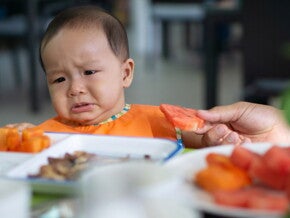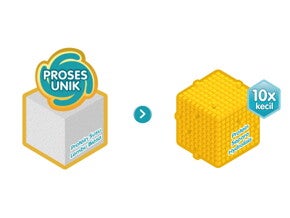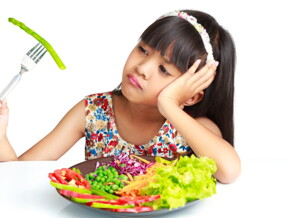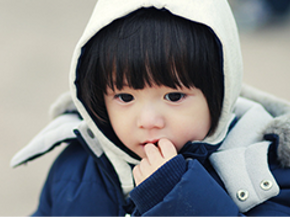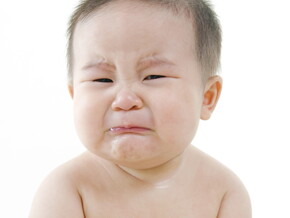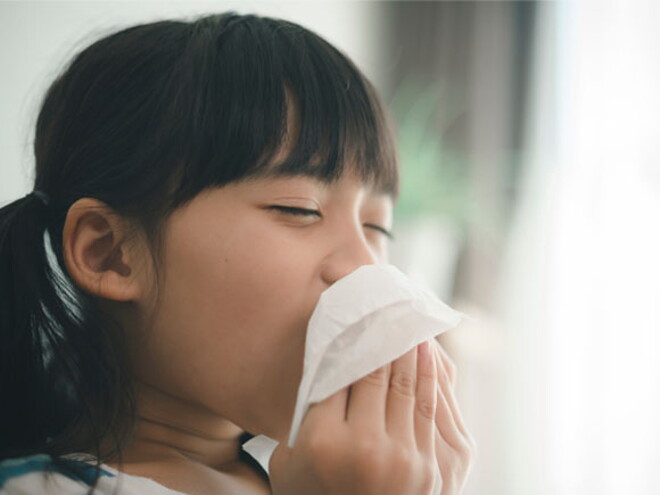
Does your child have a childhood allergy? An allergic reaction occurs when the body’s immune system reacts to an allergen, a substance that’s usually harmless to other people. Because the immune system mistakenly identifies the allergens as attackers, it produces antibodies to fight off the invader.
Allergens that cause childhood allergy can come from various sources, including the flowers in the park or the food we eat which could also lead to food allergy. That’s why there are different food allergies your child may face, such as these.
1. Common Foods
There are major foods that may trigger food allergy in your child, such as eggs, peanuts, wheat, soy, tree nuts, fish, and shellfish. Food allergy can trigger instant symptoms such as swelling or trouble breathing, or ongoing symptoms such as gastrointestinal problems.
2. Dust
Dust mites can be an allergen for your child and may lead to symptoms such as asthma. They gather in places with lots of fabric, such as bedrooms, in cushions, soft toys and pillows.
3. Hay fever
Hay fever is not a fever, but an allergic inflammation when a child breathes in allergens such as pollen, dust or animal dander. It can cause nasal congestion and obstruction, resulting in cold or flu like symptoms in your child.
Childhood allergy is one disease with many presentations, such as atopic eczema (or atopic dermatitis), allergic rhinitis, asthma as well as food allergy. Young Malaysian children may have eczema, which tends to be the earliest presentation and it may be associated with food allergy, which has a prevalence of 5-10% in children.
While atopic eczema and food allergy may eventually disappear in most children before starting primary school, other allergic diseases may appear, such as asthma and allergic rhinitis. This progression is commonly termed as 'allergy march'. It is also likely that while the symptoms of an allergy are 'outgrown', the allergic mechanism may persist into adulthood.
Parents, take note if your child has a specific childhood allergy; this will help identify the correct treatments for your child. You can have your healthcare professional perform an allergy test. Once you identify what’s causing the allergy, you can then start to make more well-informed choices, such as changing your child’s diet to avoid certain allergenic foods.
Dr Amir Hamzah Abdul Latiff,
Consultant Paediatrician & Clinical Immunologist
Did you know?
Minor sensitivities in children like itchiness, rashes, upset tummy and bloating can all be early signs of allergies. The right proteins in your child’s diet can help minimise these symptoms. NANKID OPTIPRO HA 3 uses Gentle Protein*, which are cow’s milk proteins broken down into 10x smaller through a unique NESTLÉ process. This makes the proteins easy to digest, less allergenic and therefore, less likely to trigger allergic reactions or minor sensitivities in children.
With NANKID OPTIPRO HA 3, you can let your child feel the world, free from discomfort.
NANKID OPTIPRO HA 3 contains Partially Hydrolysed Protein, 50mg of DHA & ARA** and 100 million Probiotic B. lactis**
*Refers to Partially Hydrolysed Protein
**per 100g of milk powder









